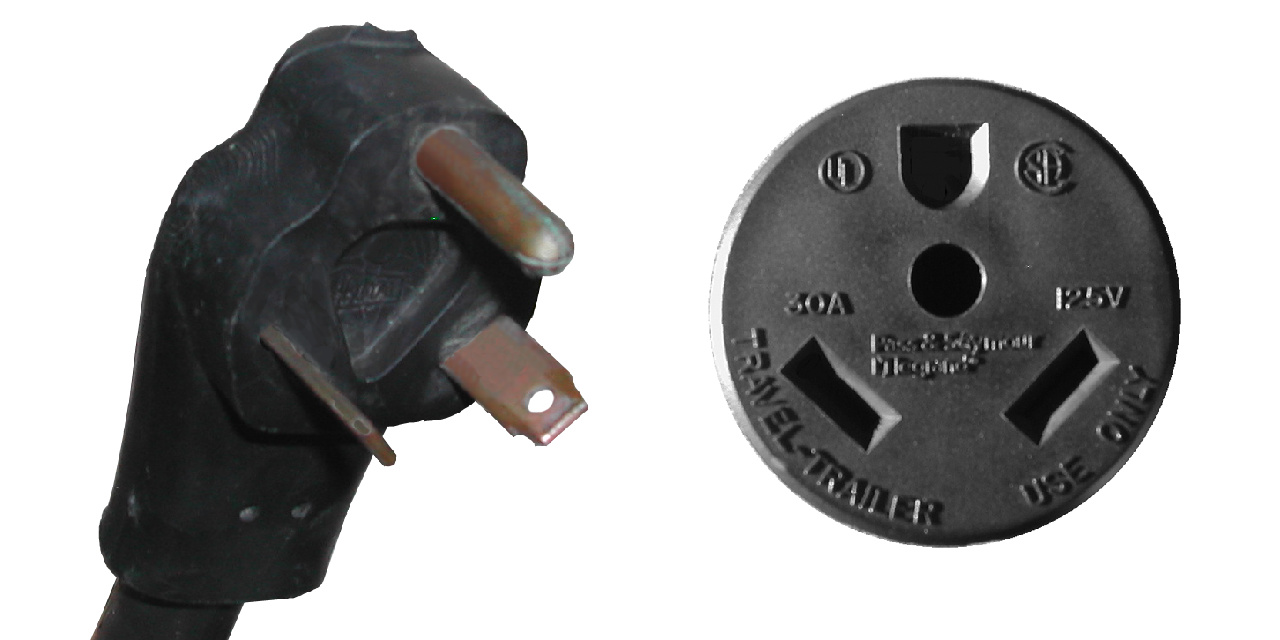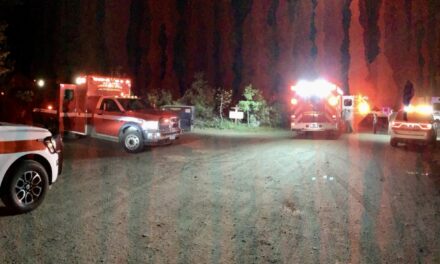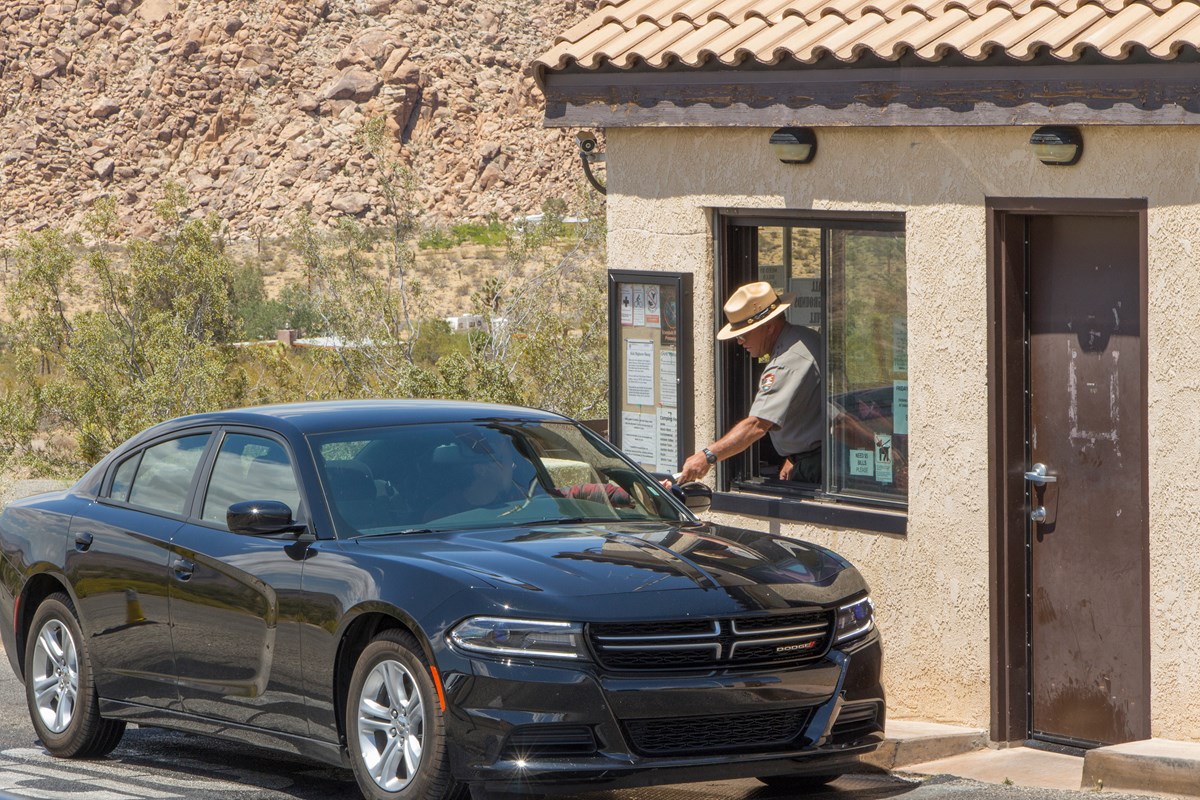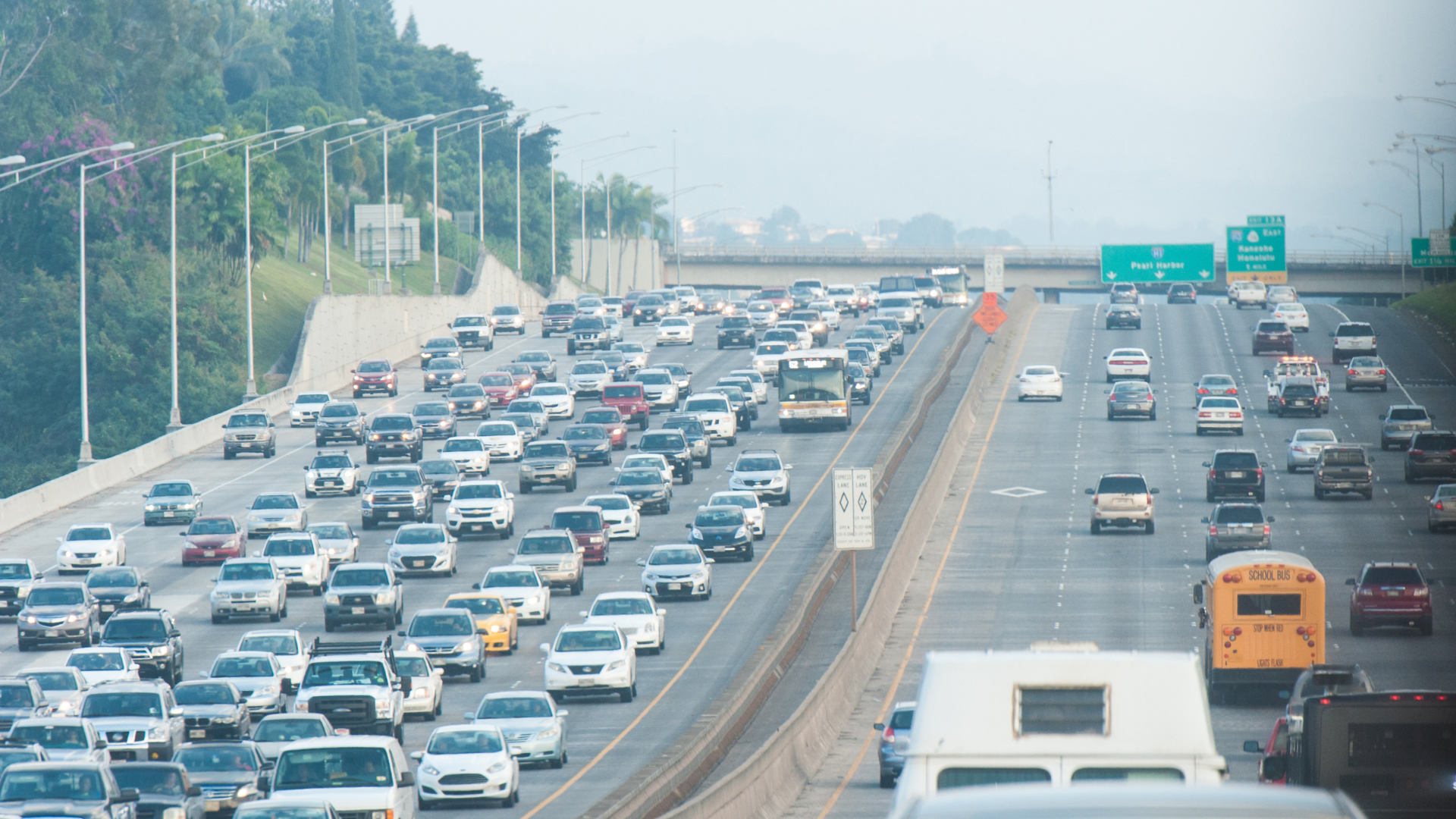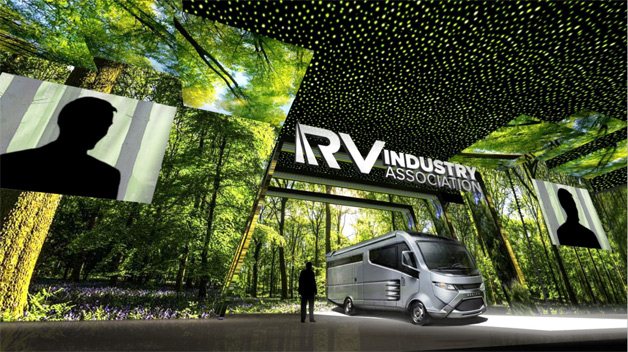We’ve heard from several RVers via Facebook posts that they’ve been running into issues where campgrounds will not allow them to park their RV wired for 50 amp electrical service at a site with only a 30 amp post. The rule seems to be showing up at KOA campgrounds, but a KOA representative told us the company has no policy on the matter, and individual franchisees make up their own rules.
It’s very common for 50 amp RVs to use an adapter to convert their power cable to be used on a 30amp connection, but with much less capacity (50 amp service is actually 50 amp service times 2 – so 100 amps). An article posted on the KOA website suggests that 50 amp rigs tend to cause burnt-out receptacles on the campground’s power post, and that it adds strain to the system and appliances in the RV. While the latter has little factual basis, the former can be true.
In a normal set-up, you have a 50 amp rig, with a 50 amp breaker inside, which leads to a power cable rated for 50 amps, and ultimately to a 50 campground post. When a 50 amp rig plugs into a 30 amp post with an adapter, however, the breaker in the rig is no longer sized appropriately, meaning only one breaker (the one on the post) is protecting the system. This should be fine normally, but when the post is used to capacity for extended periods of time, heat can build up, especially if the connection between the plug and the receptacle is not solid. 30 amp rigs often cause the same problems, but that extra properly sized breaker helps mitigate the issue.
All RVers should be conscious of having a solid connection at the post. Consider using dielectric grease on the connector when you plug in. Also, pay attention to your power draw, especially for extended periods of time. If you are approaching the capacity of your rig, you could be causing a problem.

